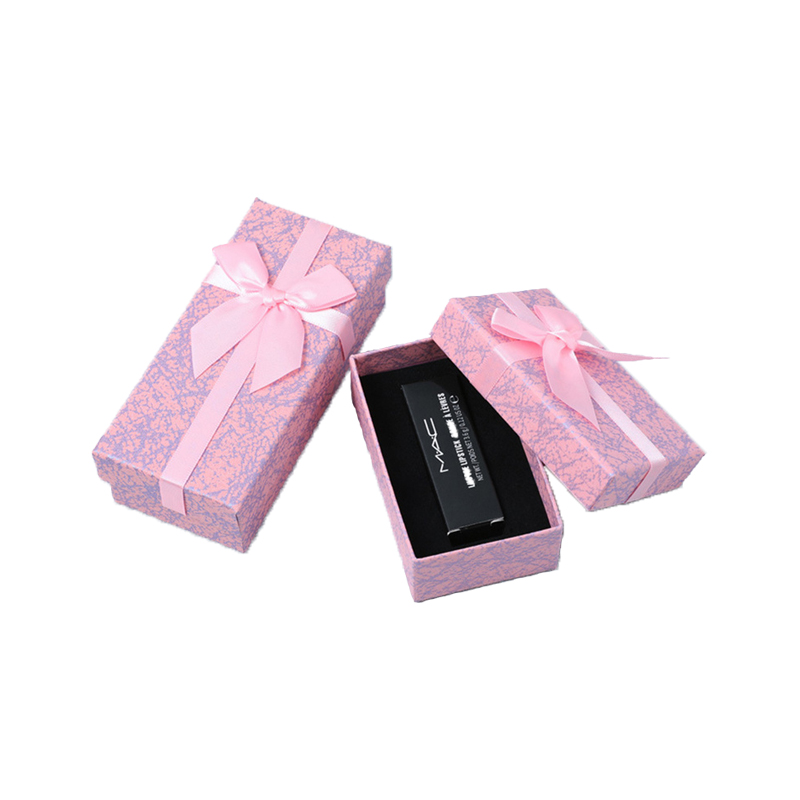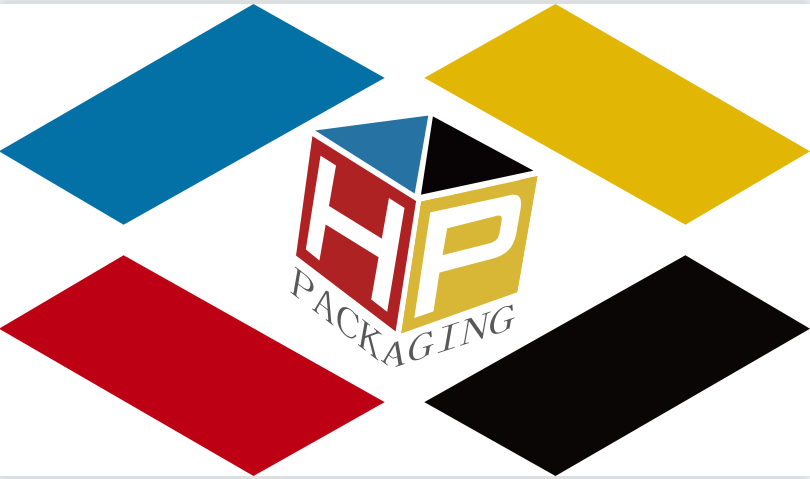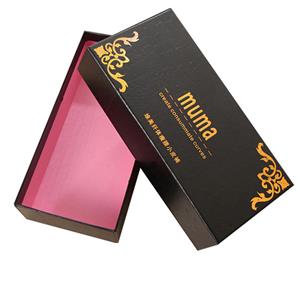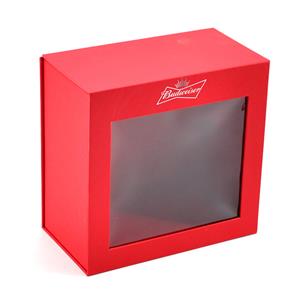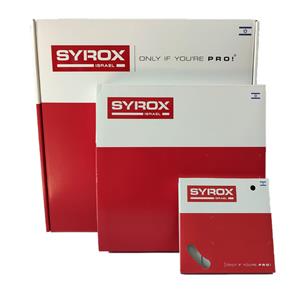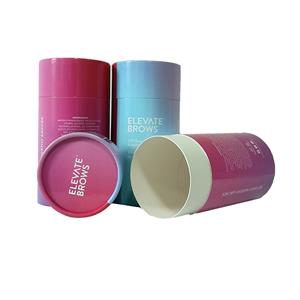Don't believe it, there is only one kind of packaging in the future!
Don't believe it, there is only one kind of packaging in the future!
To ensure a sustainable planet, many end customers in the global packaging industry are making significant changes. From environmentally friendly material selection and waste recycling to low-carbon manufacturing and transportation processes, every stage of the packaging life cycle is handled. Package Xiaobian asserts that a variety of packaging will be unified in the future - low-carbon packaging.
Plastic packaging
For a long time, the packaging industry has preferred to use plastic as a packaging raw material because of its lower carbon dioxide emissions and lighter weight, which is conducive to reducing fossil fuel consumption during transportation and thereby reducing carbon emissions.
Moet Hennessy's Galoupet Nomade rose is made from London-based Packamama's "Eco-Shearat" PET bottle, made entirely from PET recycled from coastal areas by Plastics Away from the Sea. The bottle weighs 63 grams, 87 percent lighter than a regular glass bottle (500 grams), is a flat oval shape, and takes up 40 percent less space than a standard-shaped bottle, thereby minimizing free space and optimizing packaging and transportation efficiency.

While these steps are essential, they are not enough. According to the Ellen MacArthur Foundation, 95% of plastic packaging is single-use, and only 2% of it is recycled into products with the same functionality. Because the recycling process degrades the quality of the material, the recycled plastic can only be recycled once or twice. Another 8% of plastic packaging is "degraded and recycled" into lower-quality products. The rest of the plastic packaging is incinerated, landfilled or leaked into the environment, breaking down into microplastics that can contaminate soil and oceans and cause serious harm to animals and Marine life. These microplastics are still in our daily diet and even now in the human placenta.
Paper cartons
Paper is a star material when it comes to reducing carbon dioxide emissions, and a new study on the environmental impact of packaging shows that single-use paper packaging has advantages in terms of both carbon dioxide emissions and water consumption compared to reusable plastic packaging.
An updated report from the Ramboll LCA study shows that compared to single-use paper-based packaging, reusable tableware produces 2.8 times more CO2 equivalent emissions, consumes 3.4 times more fresh water, 2.2 times more fine particulate matter, increases fossil and metal resource depletion, and increases land acidification by 1.7 times.
The most effective way to reduce carbon emissions is to reduce the use of packaging, while the brand also needs to consider the use of green energy enterprises in the choice of packaging, greatly reducing carbon dioxide emissions. The brand will be recyclable waste for packaging materials, in the realization of low-carbon concept, but also to more consumers to pass the awareness of environmental protection.
